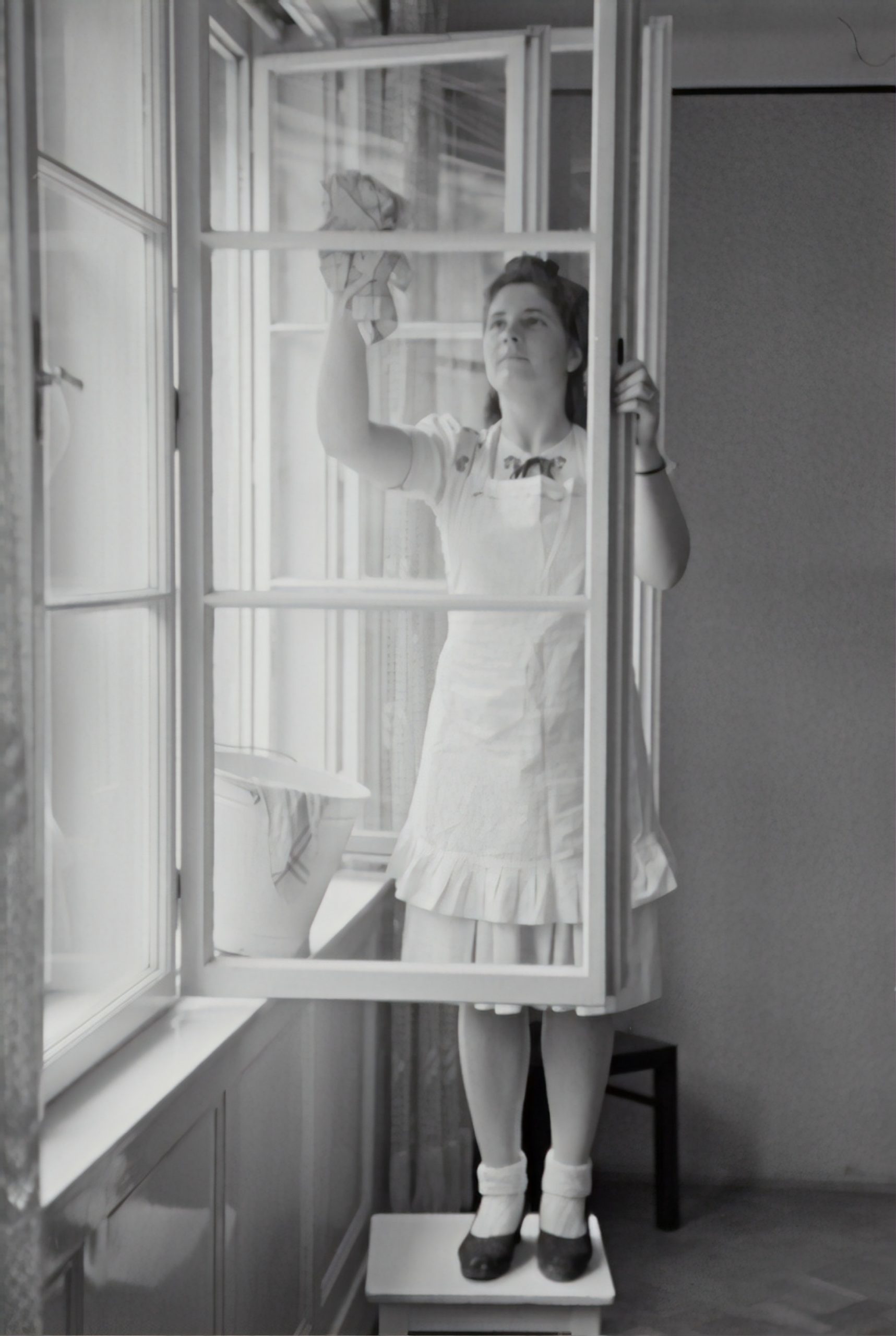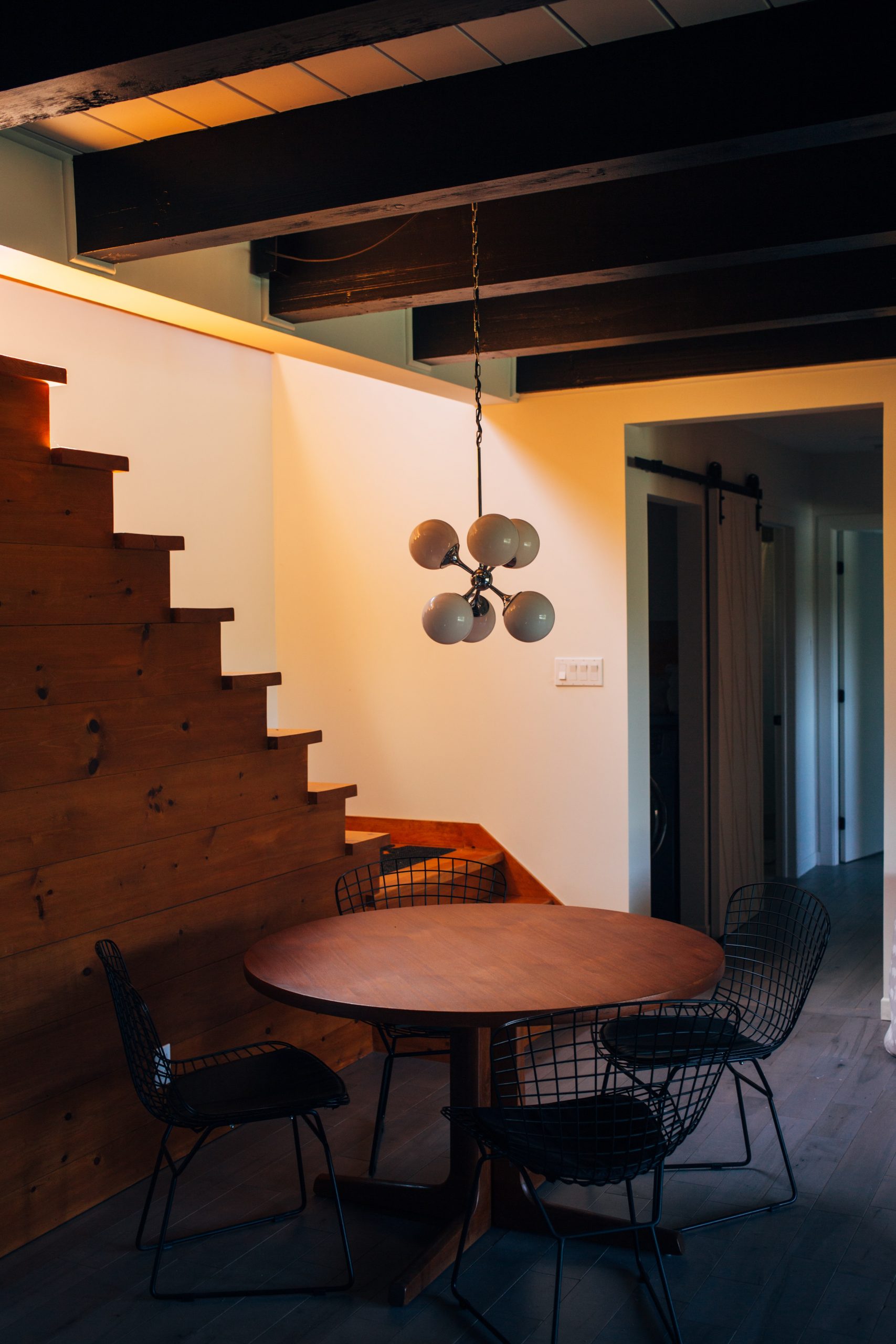If you glanced at our post on crawl spaces, you would know that more new homes have basements than crawl spaces, but they are both declining in popularity. Here’s what the National Association of Home Builders found:

Still, many existing homes have basements, finished and unfinished. They can add value to your home value by boosting its square footage and livable space, or they can be a detriment to your home value as a source of mold and poor air quality! Let’s hope that your basement falls into the former category…but read on to make sure!
The basement shares several characteristics with the attic: many times they are not planned to be living space, and thus often lack the proper ventilation and fresh air flow.(ecolivingexpert.com) Also, they are often made to be storage spaces containing boxes (cardboard is food for mold and many types of insects and pests), and then home heating systems are often installed there, which if they are gas- or oil-powered, have the potential to leak fumes.
Whether you use your basement as living space or not, the basement has to be maintained with proper ventilation and dehumidification so that it doesn’t contaminate the rest of the house with poor, even dangerous air quality. Let’s take a look at these problem areas and sort them out one by one!
Radon is a concern in many areas of the country. It’s a colorless, odorless gas that that seeps naturally from certain underground rocks and can permeate basement walls and foundations, as well as contaminate ground or well water. Because radon is radioactive, it can cause cancer (it’s estimated by the EPA to be the #1 cause of lung cancer among non-smokers). Radon tends to accumulate in basements because it’s heavier than air, so it’s best to have the basement checked for radon levels, and if present, investigate mitigation systems (you can find local qualified contractors through the link on this page, and information on water testing labs here).
Moisture and mold: If you smell an earthy, musty smell in the basement, it’s most likely mold that is starting to form or has already formed. The smell is characteristic of the Microbial Volatile Organic Compounds (mVOCs) that the mold releases. Some MVOCs have been identified as irritants and can contribute to sick building syndrome (easlab.com). The key is to identify the area (possibly many areas and the whole basement) and remediate in order to stop the growth and get rid of the mold, as soon as possible. Here are ways to do it:
Ventilate: Although opening the windows of the basement, if you have them, will help dilute the smell, it will not stop the mold from growing and continuing to produce mVOCs. Ventilation has to be done with dehumidification (next point), eliminating excess moisture, in order to stop the growth of mold. Ventilation can be accomplished by a dedicated basement ventilation system (check out EZBreathe), or by installing air vents from your existing HVAC system to ventilate the basement, creating a positive pressure in the basement. Although installing a return air vent in the basement could utilize the coolness of the basement to lower AC energy costs, if you have a mold problem in the basement, this is not a good idea as it can distribute the mold spores through the rest of the home.
Dry it out: Check that any water pipes running through the basement area or behind its walls or ceiling are not leaking or even causing condensation. Cold water pipes from a well or underground can easily cause condensation to form, leading to…you guessed it– mold! Drying them off and adding insulation can solve this problem. If there are no leaking pipes, condensation, or flooding issues, then moisture from the surrounding earth can be permeating the block walls of a basement, because concrete is porous. (For all of my childhood, I lived in a neighborhood called “Spring Hill Estates” because it had springs, one of which was a constant source of moisture for our basement.) It’s possible that the humidity can be lowered by running a portable dehumidifier, which should be run to a permanent drain (sink, shower or other drain) in order to avoid shut-off or accidental flooding issues. Alternatively, there are numerous foundation and basement repair companies which can inspect and suggest drying solutions to keep the basement at a proper humidity (30-60%)--the drier the better! Don’t wait on calling several firms for inspections and quotes, as these are normally free of charge.
Add some active air purification like Air Angel, a purifier that zaps mold spores using 3 technologies for more breathable air. A standalone HEPA filter is also recommended to filter out mold spores (alive or dead) with an activated carbon element to remove mVOCs and smells.
Get rid of “consumables” like cardboard: Side story: I was sorely disappointed to walk into my storage building at the beginning of summer and find an antique portable sewing machine case (which was covered in a clothlike material) streaked with mildew. Similarly, if you have to use the basement for storage, plastic tote containers or vacuum bags are way better at resisting mold and protecting the items inside from moisture and insect damage than cardboard. Try to store containers on shelving with plenty of ventilation under and between them (like wire shelving) instead of stacking them on the floor or against each other or a wall. If antiques are valuable to you, try to make room for them in your normal living area, where the humidity is more controllable. Also, furniture that is made of “pressboard” can absorb more moisture than real wood, with less options for cleaning and disinfecting it. The use of scatter rugs rather than wall-to-wall carpeting allows for easier washing and cleaning of the floor if it has moisture issues, too. Consider using hardwood or plastic blinds or shutters for windows instead of draperies, which can absorb moisture.
Combustion fumes: If you are intentionally or unknowingly using a “negative pressure” ventilation system in your home, exhaust from a gas, oil, coal or biofuel (like wood) furnace can be extracted out of the appliance’s exhaust system if it’s not well-designed or sealed. As we reviewed in the post “How is my crawl space affecting my indoor air quality?”, the stack effect causes warm air to rise through a home and exit through the roof or attic, drawing cool air into lower levels of the house. The rise of the hot air creates a slight negative pressure on the lowest levels, like a crawl space or basement, drawing in outside air and even extracting combustion fumes from a furnace into the air. This can create an extremely dangerous mixture of VOCs that spreads through the rest of the home with the air flow.
Chemicals, paints, batteries and cleaning products: We get it, these are the substances you don’t want anywhere near your pets or children, so the basement seems like the perfect space to seal them up and store them away! It is okay to store them there, but only if they are truly sealed (hammer to the lid of the paint can or transferred to a more sealable container with a screw top) AND humidity/moisture is under control AND they are not overly old, so that metal containers do not rust. Due to external or internal moisture, I’ve seen metal paint cans rust completely through the bottom, and then I’m left with a gooey, toxic mess! The best scenario is to dispose of old paints and chemicals safely; most communities have a toxic material disposal site or a designated day to bring them to the regular garbage site. It’s just safer to have these things out of the house! If you use the basement as a hobby space, make sure to have the proper exhaust ventilation. The stack effect can drive fumes from glue and paint and dust like sawdust particles, right up into the house.
Install an air monitor to help take the guesswork–or legwork–out of knowing if the dehumidification and purification is working. Thanks to wireless technology, you don’t even have to open the basement door to know if pollutants are elevated. AirThings’ View Plus monitors all the important conditions of a basement: radon, PM2.5, CO2, humidity, temperature, VOCs and pressure (if they had to add anything, CO would be helpful for spaces with combustion appliances like gas furnaces or dryers). Their connectivity to the app on your phone makes it easy to check! Kaiterra’s Laser Egg + Chemical is a close runner-up that monitors Total VOCs, PM2.5, temperature and humidity (it doesn’t do radon or CO). Either of these monitors will help you “see the unseen” air quality of your basement.
Your basement doesn’t have to be scary because of mold and poor air quality. Shed some light on the subject by doing your own inspection, and if it seems overwhelming or the solutions you try are not working, get professional help. The health of your family and home depend on it!


